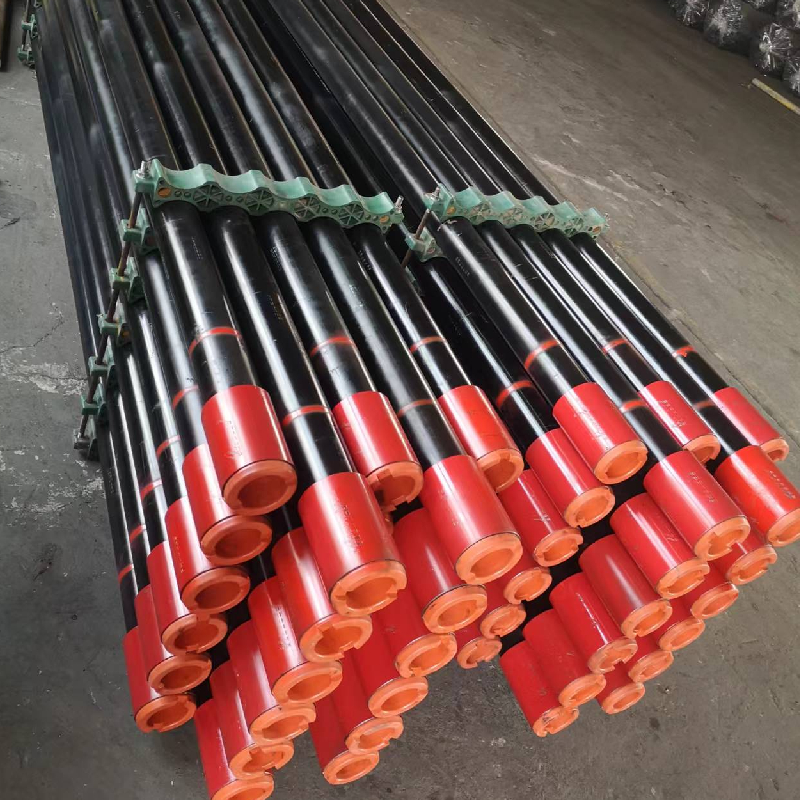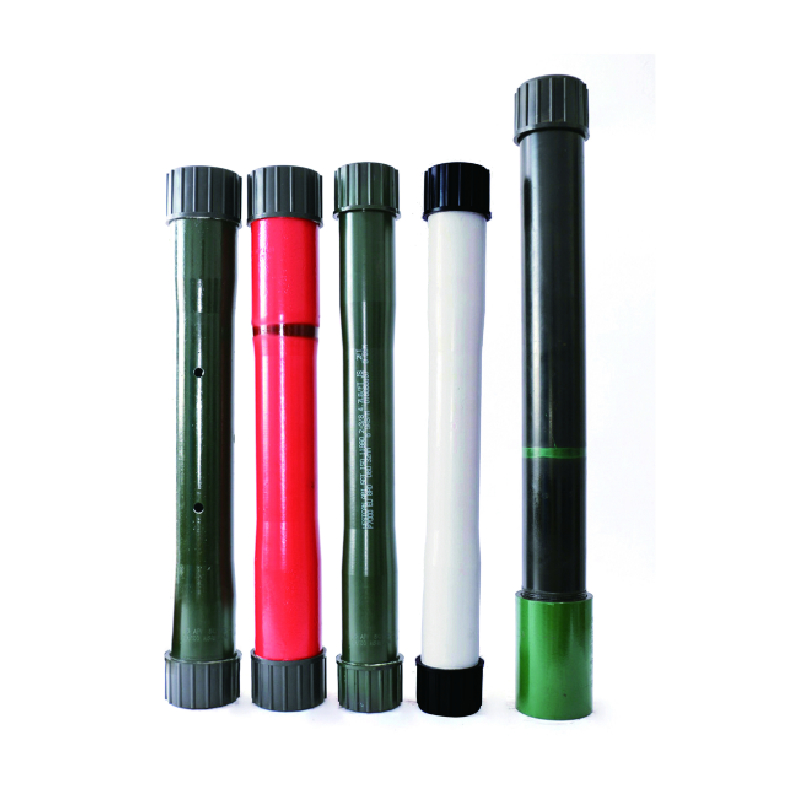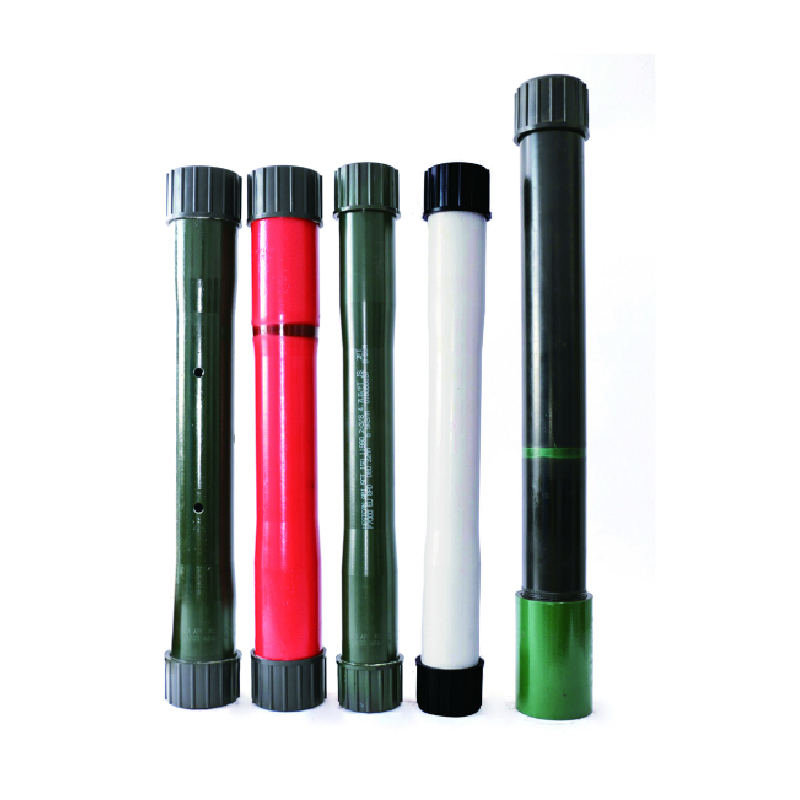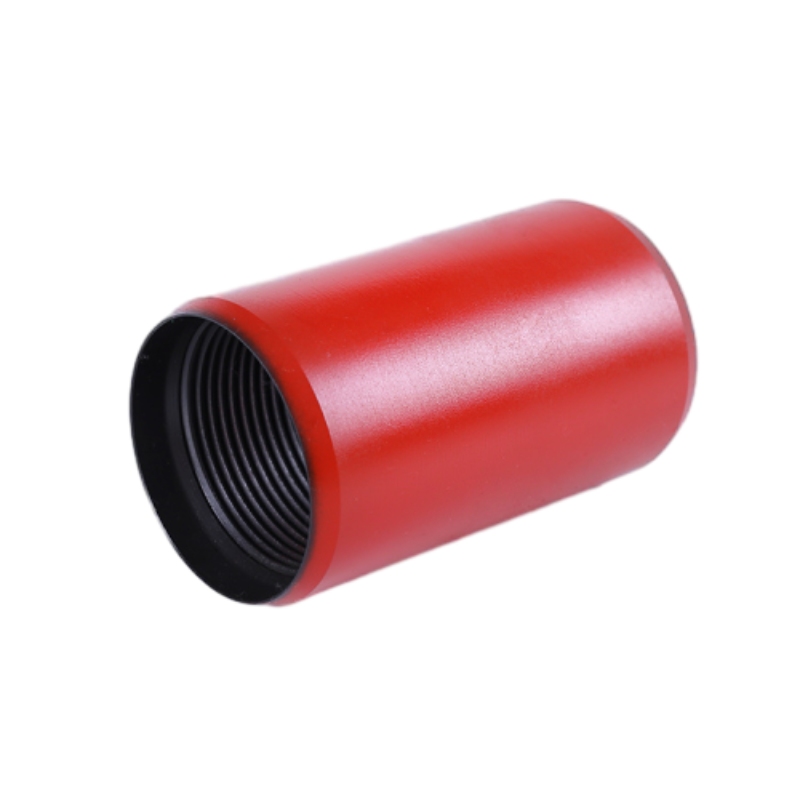Tubing Pup Joints-Hengshui Weijia|Seamless Flow&High-Pressure Resistance

Tubing pup joints are critical components in the oil and gas industry, designed to connect sections of tubing and ensure seamless fluid flow from reservoirs to the surface. These joints are engineered to withstand high pressure and provide flexibility, making them indispensable for optimizing well performance.
Introduction to Tubing Pup Joints
In the complex ecosystem of oil and gas production, tubing pup joints serve as vital connectors that bridge gaps between tubing sections. Their role extends beyond mere connectivity; they are essential for maintaining operational efficiency, preventing leaks, and ensuring the safe transport of hydrocarbons. As the industry evolves, the demand for reliable and adaptable components like tubing pup joints has surged, driven by the need for enhanced performance in increasingly challenging environments.
Product Overview and Functionality
Tubing pup joints are short, specialized segments of tubing designed to adjust the overall length of a tubing string or isolate specific sections of a wellbore. Their versatility allows them to accommodate a wide range of sizes and configurations, making them suitable for diverse operational needs. For instance, perforated pup joints are engineered with small holes along their length to facilitate fluid flow, enabling the filtration of sand or solid particles from produced fluids. This design not only prevents blockages but also ensures smooth and uninterrupted production flow.
One of the key advantages of tubing pup joints is their ease of installation and removal. This flexibility allows operators to adapt to changing conditions without significant downtime, which is crucial for maintaining productivity in dynamic environments. Furthermore, their ability to create a tight seal between tubing sections minimizes the risk of leaks, which is critical for both operational efficiency and environmental safety.

Pup joint manufacturers play a pivotal role in ensuring the quality and reliability of these components. Companies like Hengshui Weijia Petroleum Equipment Manufacturing Co., Ltd. adhere to stringent industry standards, such as API 5CT, to guarantee that their products meet the rigorous demands of oil and gas operations.
Technical Specifications
The performance of tubing pup joints is defined by their technical specifications, which are tailored to meet the unique challenges of the oil and gas industry. Below is a detailed overview of their key parameters:
| Parameter | Specification |
|---|---|
| Material | High-strength carbon steel or alloy steel |
| Pressure Rating | Up to 10,000 psi (depending on size) |
| Temperature Range | -20°C to 150°C |
| Size Range | 1.5 inches to 4 inches (nominal diameter) |
| Connection Type | API threaded or flanged connections |
| Surface Treatment | Corrosion-resistant coating or galvanization |
These specifications are designed to ensure that tubing pup joints can withstand the harsh conditions encountered in oil and gas wells. The use of high-strength materials and advanced manufacturing techniques enhances their durability, while the adherence to standards like API 5CT ensures consistency and reliability across the industry.
Applications in Oil and Gas Industry
Tubing pup joints are employed in a variety of applications, ranging from onshore drilling to offshore production. Their primary function is to connect sections of tubing, but they also play a critical role in isolating specific zones within a wellbore. This capability is particularly valuable in multi-zone completions, where different sections of the well require separate monitoring or production control.
Another significant application of tubing pup joints is in the filtration of produced fluids. Perforated pup joints are often used to remove sand and solid particles, preventing damage to downstream equipment and ensuring the quality of the extracted hydrocarbons. This feature is especially important in formations where sand production is a common issue.

Pup joint oil and gas applications highlight the importance of these components in maintaining operational efficiency. Whether in high-pressure environments or corrosive conditions, tubing pup joints are engineered to perform reliably, ensuring the continuous flow of resources from the reservoir to the surface.
Company Background: Hengshui Weijia Petroleum Equipment Manufacturing Co., Ltd.
Hengshui Weijia Petroleum Equipment Manufacturing Co., Ltd. is a leading manufacturer of oil and gas equipment, specializing in the production of tubing pup joints and other critical components. With a commitment to quality and innovation, the company has established itself as a trusted partner in the industry. Their products are designed to meet the highest standards, including API 5CT, which ensures that they comply with the rigorous requirements of oil and gas operations.
Hengshui Weijia's expertise in manufacturing tubing pup joints is underpinned by a deep understanding of the challenges faced by operators in the field. The company's focus on research and development has led to the creation of advanced solutions that enhance the efficiency and reliability of well operations. By leveraging state-of-the-art technology and adhering to international standards, Hengshui Weijia continues to set benchmarks in the industry.
Conclusion
Tubing pup joints are indispensable components in the oil and gas industry, providing the flexibility, durability, and reliability needed to optimize well performance. Their ability to connect tubing sections, isolate specific zones, and facilitate fluid filtration makes them a cornerstone of modern production systems. As the industry continues to evolve, the demand for high-quality components like tubing pup joints will only grow, driven by the need for efficiency and safety in increasingly complex environments.
Companies like Hengshui Weijia Petroleum Equipment Manufacturing Co., Ltd. play a vital role in meeting this demand, offering innovative solutions that adhere to stringent industry standards. By combining advanced manufacturing techniques with a commitment to quality, these manufacturers ensure that tubing pup joints continue to support the safe and efficient extraction of hydrocarbons from the earth.
References
National Institute of Standards and Technology (NIST) provides critical standards and guidelines for the oil and gas industry, including the API 5CT standard for tubular goods. These standards ensure the quality, reliability, and safety of equipment used in oil and gas operations, as highlighted by NIST's role in advancing technological innovation and measurement science. For more information on NIST's contributions to industry standards, visit https://www.nist.gov/.
-
Tubing Crossover - API Compatible, Custom Sizes, In StockNewsNov.10,2025
-
Tubing Coupling | High-Strength, Leak-Proof Steel CouplingsNewsNov.10,2025
-
Wholesale API Threading Casing Coupling | API 5CT, Fast ShipNewsNov.10,2025
-
Pup Joint Supplier | API Certified, Custom, Quick ShipNewsNov.10,2025
-
Pup Joint Manufacturers | Precision Machined, Fast DeliveryNewsNov.10,2025
-
Tubing Coupling | Precision Steel, Leak-Proof, Fast DeliveryNewsNov.03,2025







